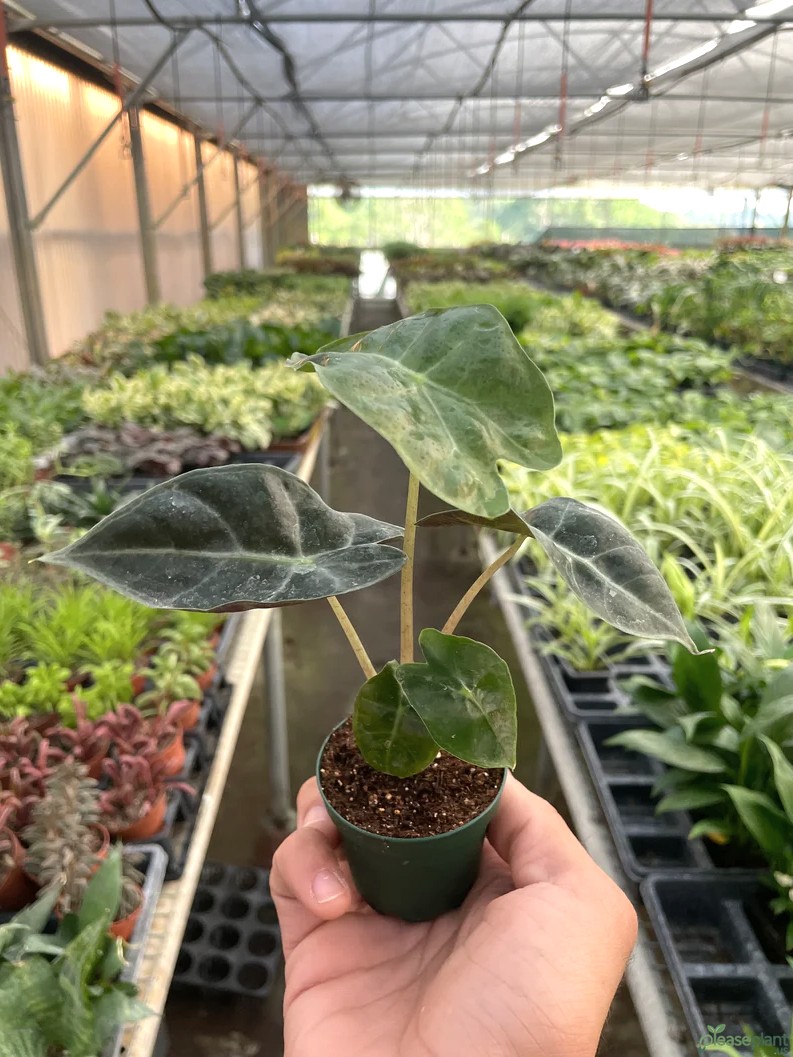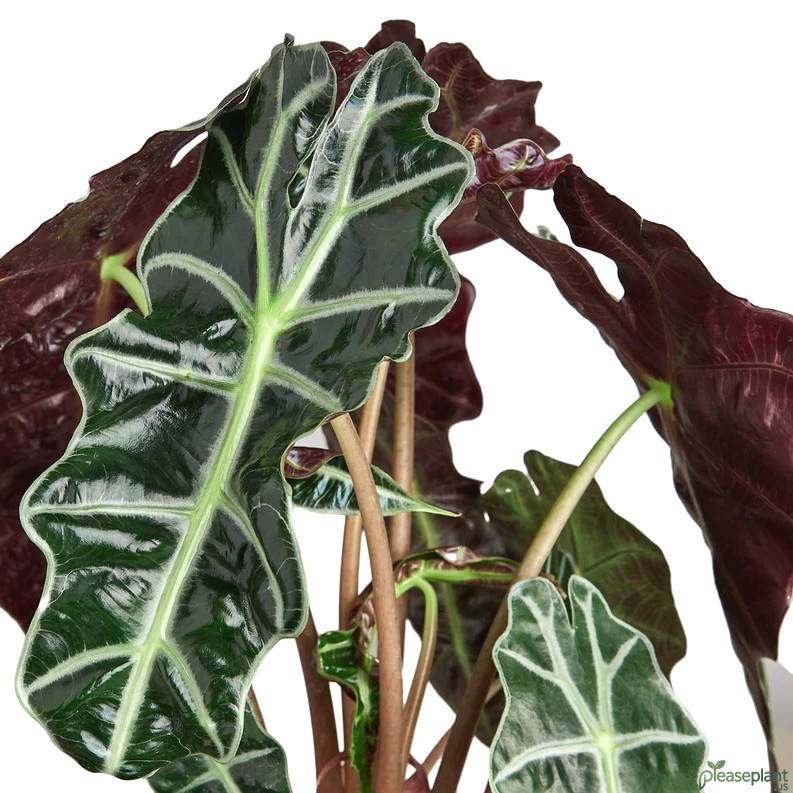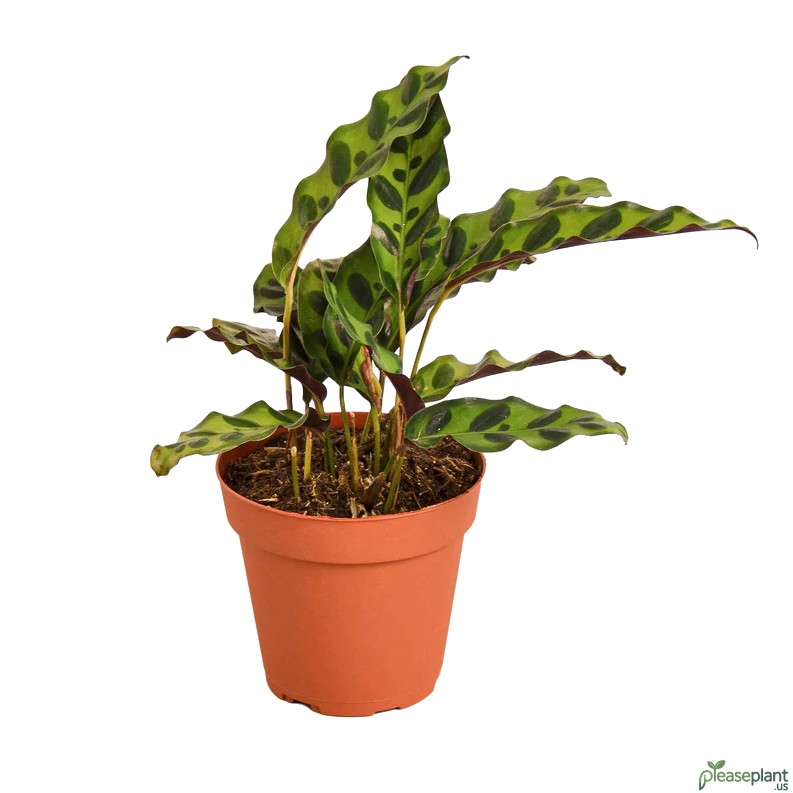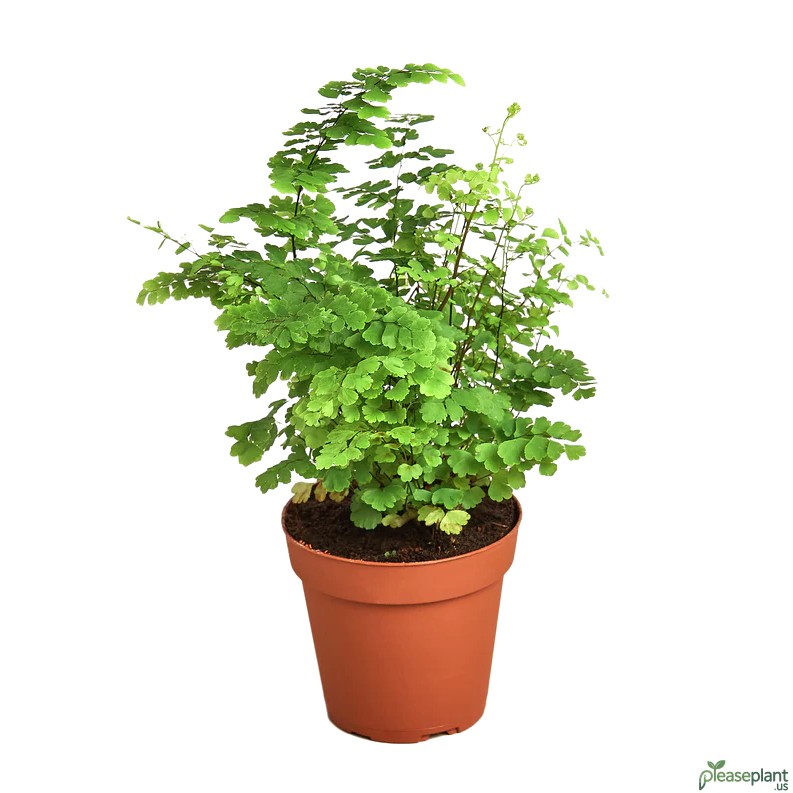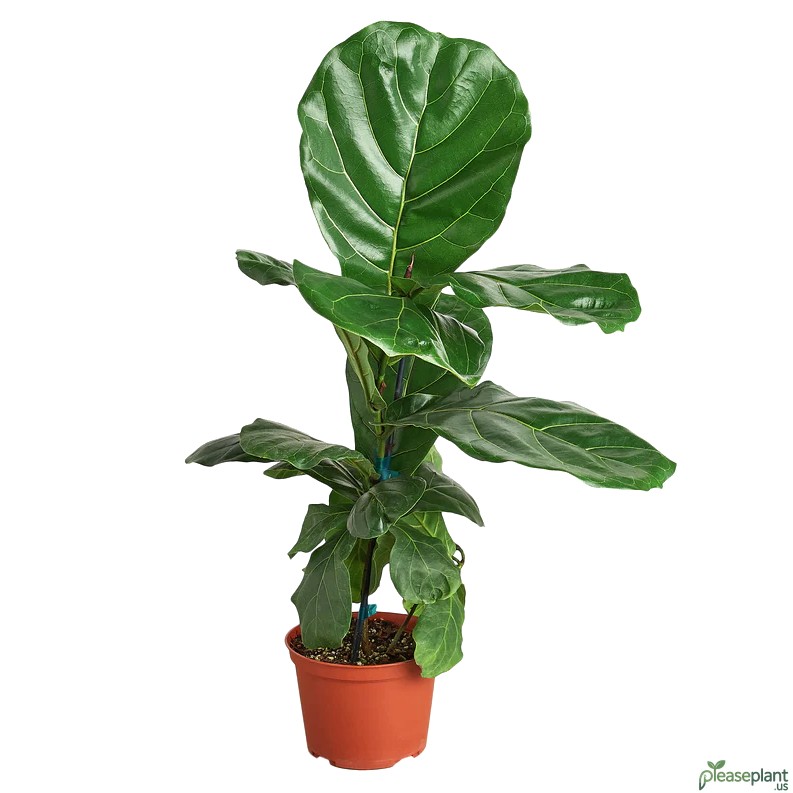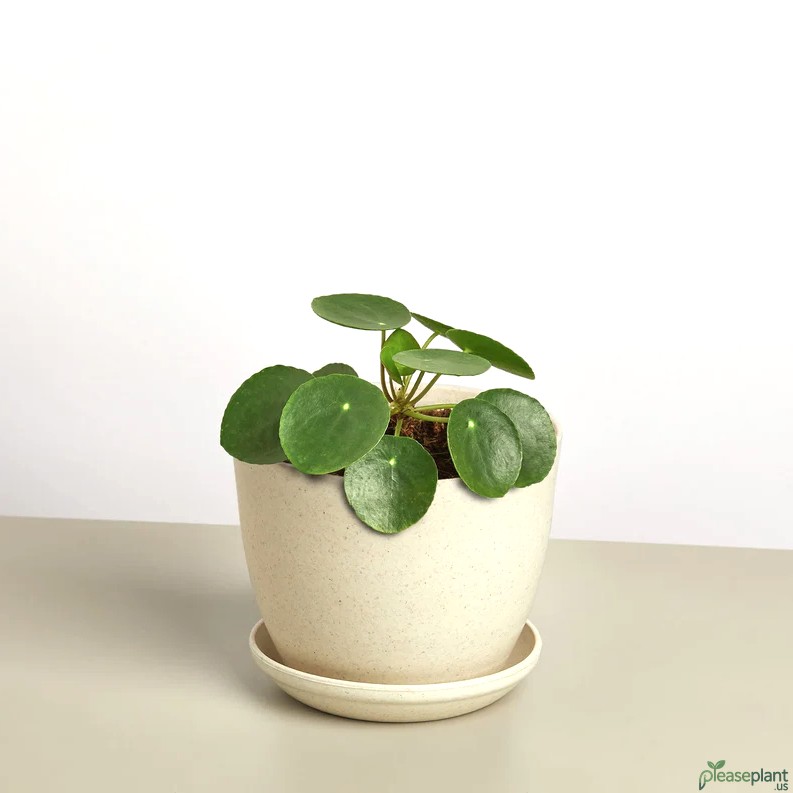Got spots on your Alocasia Polly leaves? You're not alone. This popular African Mask Plant often shows brown or yellow spots due to common care slip-ups. From watering mistakes to humidity woes, I'll share how to spot the problem and fix it fast with simple, effective tips from years of plant parenting. Let's get your tropical beauty back to vibrant health without fuss or fancy gear.
When Spots Appear: The Tale of My African Mask Plant
Ever looked at your Alocasia Polly - African Mask Plant and noticed those odd brown or yellow spots creeping across its glossy leaves? Yeah, me too, and it’s enough to make you scratch your head. This plant isn’t just a pretty face; it’s got some tropical diva tendencies, and those spots are usually its way of telling you something's off.
Why Those Spots Show Up
First off, spots on your African Mask Plant are most often caused by moisture issues. Overwatering is the sneaky culprit here. These plants hate soggy roots and will throw a fit with leaf spots if they sit in waterlogged soil. On the flip side, underwatering can stress the plant and cause similar discoloration — it’s a delicate dance!
Humidity also plays a big role. Alocasias come from humid jungles, so dry indoor air, especially in winter, can cause leaf damage and spotty leaves. And don’t forget about temperature swings or cold drafts; these tropical beauties don’t like surprises and show it by developing spots.
Spotting Pests and Diseases
Sometimes, it’s not just care issues but pesky pests like spider mites or fungal infections that leave those marks. Check the undersides of the leaves closely for tiny webs or sticky residue. If you find any critters, they need to be dealt with pronto, or your plant’s health will spiral fast.
How to Fix It Fast
Here’s the thing: don’t panic. Fixing spotted leaves on your Alocasia Polly is doable with a few tweaks. First, adjust your watering. Let the top inch of soil dry out between waterings, and make sure your pot has drainage holes to avoid soggy roots.
Next, boost humidity. Use a pebble tray with water under the pot, group plants together, or run a humidifier nearby. Avoid misting leaves too often though; wet leaves can invite fungal issues.
If pests are the problem, wipe leaves gently with a damp cloth and treat with insecticidal soap or neem oil. Remove badly damaged leaves to help the plant focus its energy on new growth.
Keeping Your African Mask Happy
Remember, Alocasia Polly is a bit of a diva but rewarding once you get its rhythm. Bright, indirect light is key—too much sun and those beautiful leaves scorch, too little and they get sad and spotty.
With a little love, attention, and patience, your African Mask Plant can bounce back from spots and keep dazzling your space with its dramatic foliage. Just listen to what those spots are telling you and respond with care, not fear.

